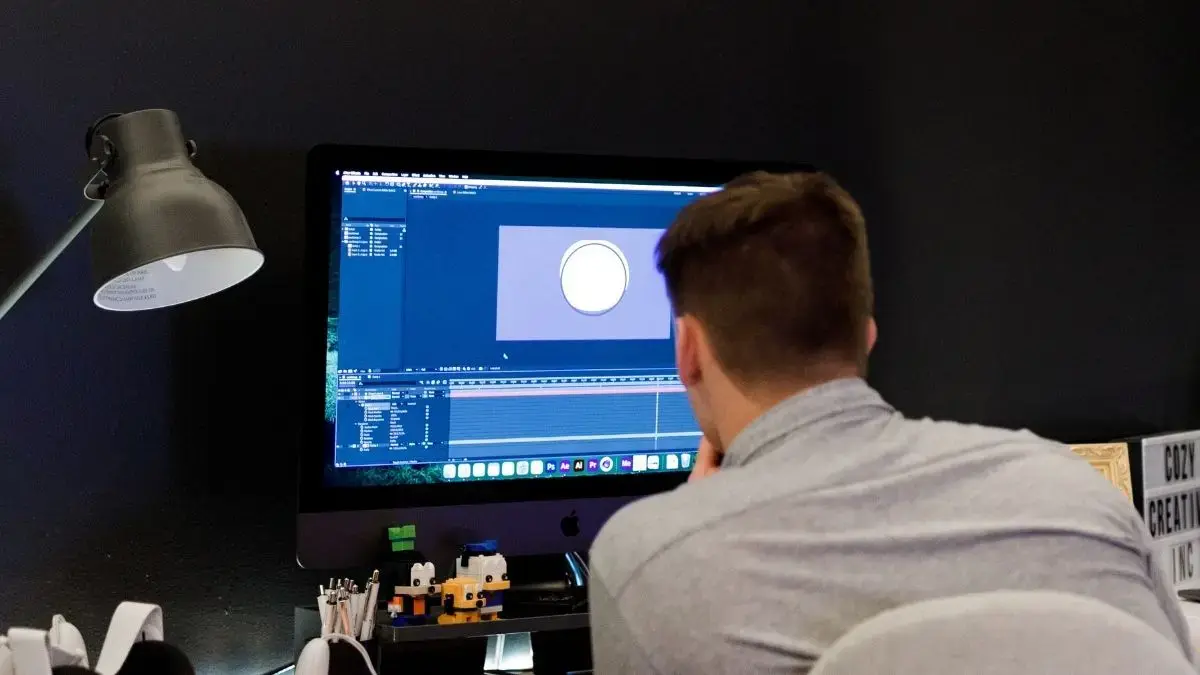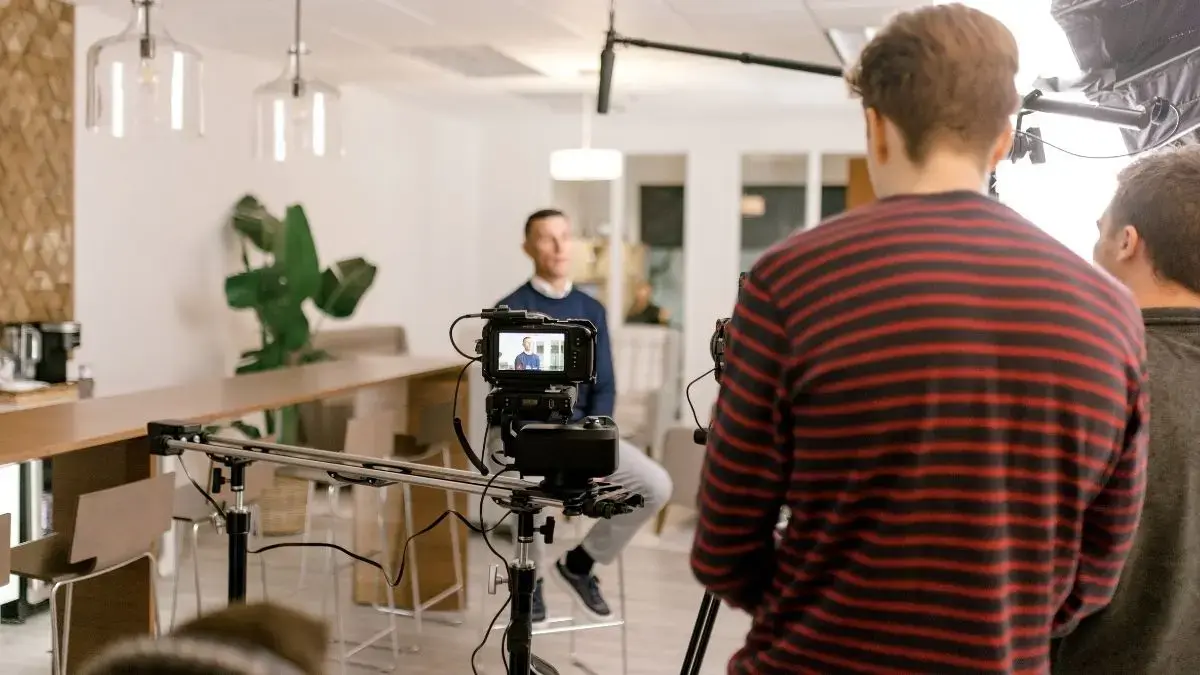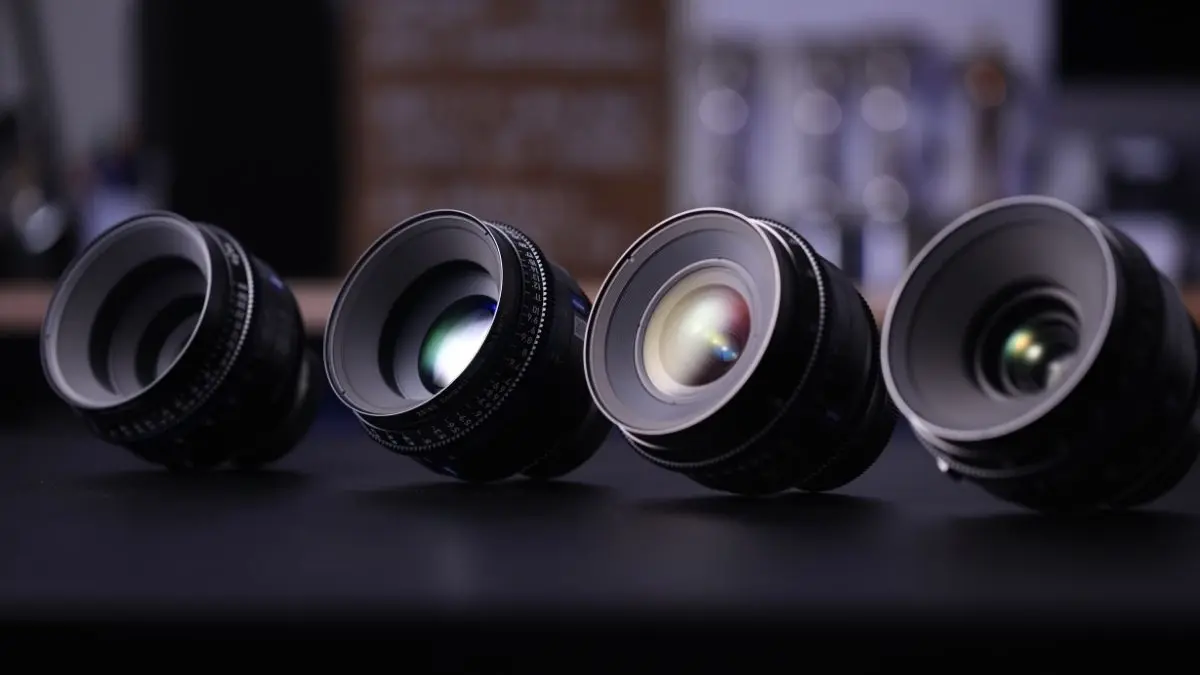Animated Logos & Micro‑Motion: Best Practices to Elevate Brand Identity
It’s no secret that people have short attention spans, and often, a static logo doesn’t do enough for a brand to capture attention or convey...
▶ Video Strategy & Discovery
A video marketing strategy will keep your production cohesive and on schedule.
▶ Creative Treatments, Scripts & Storyboards
Bring your vision to life with professional scriptwriting and storyboarding services.
▶ Production Preparation
Prepare for your corporate video with professional video production services.
▶ Full Service Filming Days
Discover how Charter & Co can help you bring your vision to life through expert on-set filming services.
▶ Video Editing, Color Grading & Sound Design
Elevate your video marketing with Charter & Co’s expert video editing and post-production services.
▶ Motion Graphics
Captivate audiences with videos, ads, and social media that include high-quality animations.
▶ Licensed Music & Voiceovers
Elevate your videos with high-quality music licensing and voiceover services.
▶ Distribution Strategy & Advertising Support
Get your content noticed with a comprehensive video distribution strategy.
▶ Everything Video Marketing
Video marketing resources: What it is, why it matters, and how to do it.
▶ Everything Video Production
Your ultimate guide to video production resources: Tips and tricks for creating masterful videos.
▶ Blog
Helpful Blog resources for all of your video production and marketing needs.

Motion graphics and animation are excellent marketing tools that engage your audience and increase brand awareness. You can use them to create graphic elements that catch attention far more than static images as part of your video marketing strategy. However, motion graphics and animation are not the same and have different purposes.
Both motion graphics and animation have pros and cons with specific use cases. Understanding motion graphics vs. animation will allow you to create a stellar marketing campaign that delivers results.
Motion graphics, sometimes called animated graphics, are moving images. While technically a form of animation, they aren't usually what people think of when they think about animation. Motion graphics typically include text and design elements, and their movement is relatively short, unlike the longer animation used for TV shows and films.
While animation tells a story, motion graphics enhance the story. There are several ways to use motion graphics in marketing, each with specific uses that, when mastered, can enhance your presentation and get your audience hooked.
Product and explainer videos are similar: product videos are short videos meant to announce or feature the product or service your company is selling, while explainer videos dive into what that product or service does and its features. You can use multiple graphic elements, including animated and motion graphics, for these videos.
Product and explainer videos are just one type of video marketing every brand needs. In fact, adding an explainer video to your website could increase your conversion rates by up to 144%.
Walkthroughs are similar to product and explainer videos, except instead of showcasing a product and how it works, they teach people how to use it. They're similar to visual instruction manuals, and adding motion graphics can help users understand what steps they need to take so the product or service works to its full potential.
Kinetic typography is a motion graphic element that focuses specifically on text motion. It can emphasize text or make things like title sequences and movie credits more interesting. For example, the film Catch Me If You Can uses kinetic typography in its title sequence to not only tell a story but create visual interest, so the viewer actually reads the words on screen.
UI animation refers to integrating motion graphics into your user interface. It makes your website or app feel more engaging, but it can also make the interface easier to navigate—like when a user hovers over the menu icon, and it unfurls, showing their options.
Using motion graphics for things like your logo, the title of a page, or infographics makes your audience pay attention. You can use these in videos to make your logo appear on screen or showcase a change in data via an infographic. You can also use motion graphics for logos and titles on websites and apps to draw your user's attention.
Animation is an art form that brings movement to static images or objects. This differs from motion pictures and motion capture, as those use objects that actually move. Animation is usually concerned with visual storytelling — bringing a story to life through animation. Traditional animation used individual panels of drawings or paintings, but today, animation is a dynamic, digital art style.
Classical animation is the term used to describe the original type of animated videos created using hand-drawn panels. Early Disney films, like Snow White and the Seven Dwarfs and Cinderella, were made this way and have a distinctive style as a result.
Stop-motion animation uses photographs of objects, like dolls, rather than hand-drawn panels. Moving the objects slightly for each photograph and then combining the photos in a sequence creates the illusion that the objects are moving. You can see this type of animation in Wallace and Gromit films, among others.
2D or vector animation is a form of animation that creates motion in a 2D space. Classical animation is a form of 2D animation, but artists can also create 2D animation on a computer.
3D animations are animations that move within a 3D space. Animators use computers to design their images. These days, it's the most common form of animation, especially in movies and television.
Although motion graphics is technically a type of animation, there are a few critical differences between them and what most people picture when they think of animation. Animation usually tells a complete story, while motion graphics add interesting elements to marketing materials and websites. As a result, motion graphics are typically used in marketing, while animation is more cinematic and used primarily for things like films, TV shows, and video games.
However, that doesn't mean there's no place for animation in marketing. Both motion graphics and animation can improve your marketing strategy when utilized effectively. When deciding whether to use motion graphics vs. animation, you need to consider your brand's needs and the best way to engage your audience.
There are several advantages to using motion graphics in marketing. The first is that motion graphics are often easy to make and don't take much time. You can make text and logos move in PowerPoint with the click of a button or create GIFs in just a few steps.
Motion graphics also help keep your audience entertained. You can use them to create a short, silly video to spice up a topic. Kinetic typography or UI animation will often catch your audience's eye and keep them engaged.
Because motion graphics are usually more bite-sized than animation, they're also easier for users to share. Think about how often people share GIFs or YouTube videos by sending them to friends or posting them on social media. By making your marketing content easy to share, you're also creating and increasing awareness for your brand.
While motion graphics are a great tool for marketing, there are a few situations in which motion graphics aren't the best choice. Motion graphics are perfect for bite-sized graphic elements, but they won't quite cut it when it comes to longer-form storytelling. When trying to flesh out a story from beginning to end, animation wins that battle.
Additionally, while motion graphics are meant to engage users and hold their attention, too many motion graphics can quickly become overwhelming. Graphic designers need to know where the line is between entertaining and overstimulating.
Animation can be an excellent marketing tool if you use it right. Marketing teams can use animation to create commercials, explainer videos, and walkthroughs. Like motion graphics, these tools can draw attention to your brand and create shareable content.
It can also be cost-effective when creating videos, as many low-cost tools are available to help create animated content. This often costs less than hiring a whole cast and crew to create videos. It can also offer more creative control over the media you create and give you a wider range of tools to work with.
Like motion graphics, there's a time and a place for animation, but it isn't always the best option. When you're developing smaller projects, motion graphics are a better choice than animation. Animation is generally a much more involved process, especially with character animation, and takes more time and money than motion graphics. As a result, using more laborious animation when motion graphics would have sufficed will often lead to a lower return on investment.
Both motion graphics and animation have a place in marketing, but the key is to use them strategically to get the best ROI possible. Another key is to put your motion graphics and animation in the hands of experienced motion designers. That's where Charter & Co. comes in. We'll walk you through every step, from conception to execution to audience testing.
Motion graphics can bring text to life, spice up your user interface, and make logos, titles, and infographics more engaging. Animation is more in-depth and is primarily used to tell stories. Both types of art are useful in creating explainer videos and walkthroughs.
Ready to level up your B2B marketing videos? Contact us today to get started.

It’s no secret that people have short attention spans, and often, a static logo doesn’t do enough for a brand to capture attention or convey...

Explainer videos seek to explain a concept to an audience, combining a clear strategy, solid structure, and compelling visuals to simply and...

Of the many different ways that a company can market its brand, product, or service, video marketing is by far one of the most effective. More...